Expert forager and co-founder and director of Buck and Birch, Rupert Waites says: "In a time when people seek to reconnect with their environment rather than just passively stroll through it, foraging is perhaps the ultimate way to flow with the natural rhythms, slow down and tune in.
"Foraging can be a great form of meditation, using all your focus and senses to hone in on a particular plant. It can also be a great social activity enjoyed by people of all ages.
"You needn’t go far to find the good stuff, though. Foraging should always begin on your doorstep, whether that is in the ancient Caledonian forest or on your housing estate.
"Cities can provide surprisingly good pickings. Canal or old rail paths, parks, front gardens and cracks in the pavement are all good hunting grounds."
So, if you want to add some locally grown produce to your meals, then this is what to look out for now.
But remember to follow Rupert's advice: "Never uproot any plant without the landowner’s permission, take only what you intend to use, wash things thoroughly before consumption and, if in doubt, leave it out."
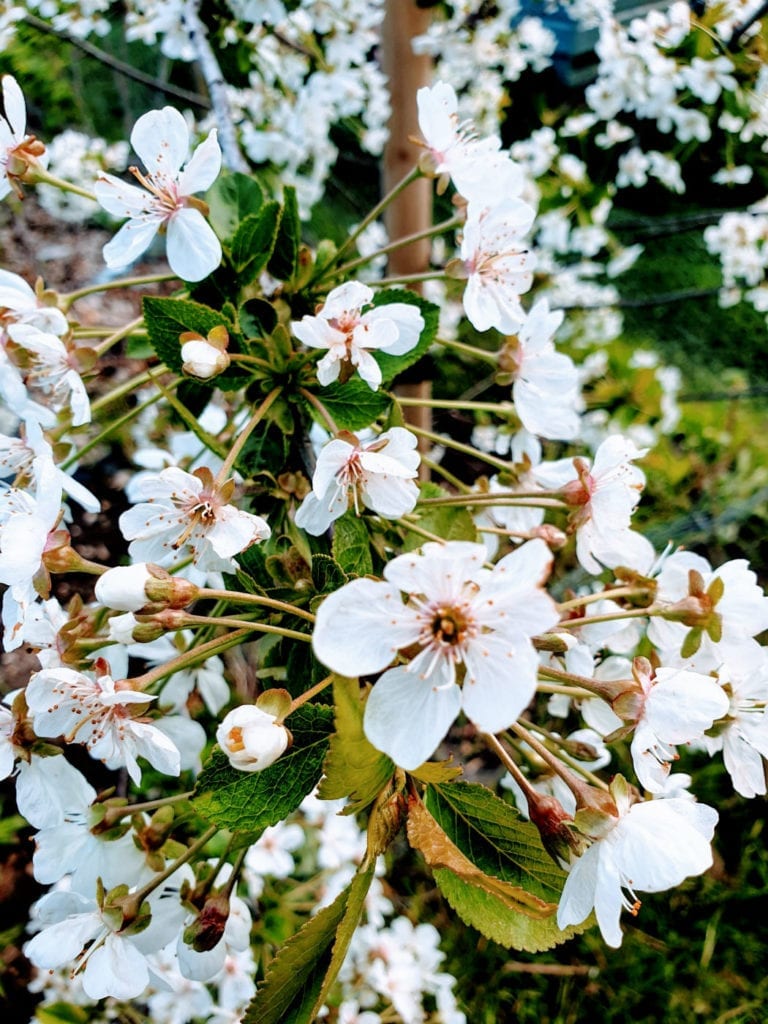
The Cherry Blossom.
Join in with Hanami and welcome in the spring by sitting under an ornamental cherry tree, then making pickled cherry blossom 'sakura'.
This rich almond flavoured treat is used in Japan for celebration teas and desserts. It is easy to make and lasts for ages, but be quick – it’s a very fleeting forage.
The big blousy blooms work best; try to get them just before they open.
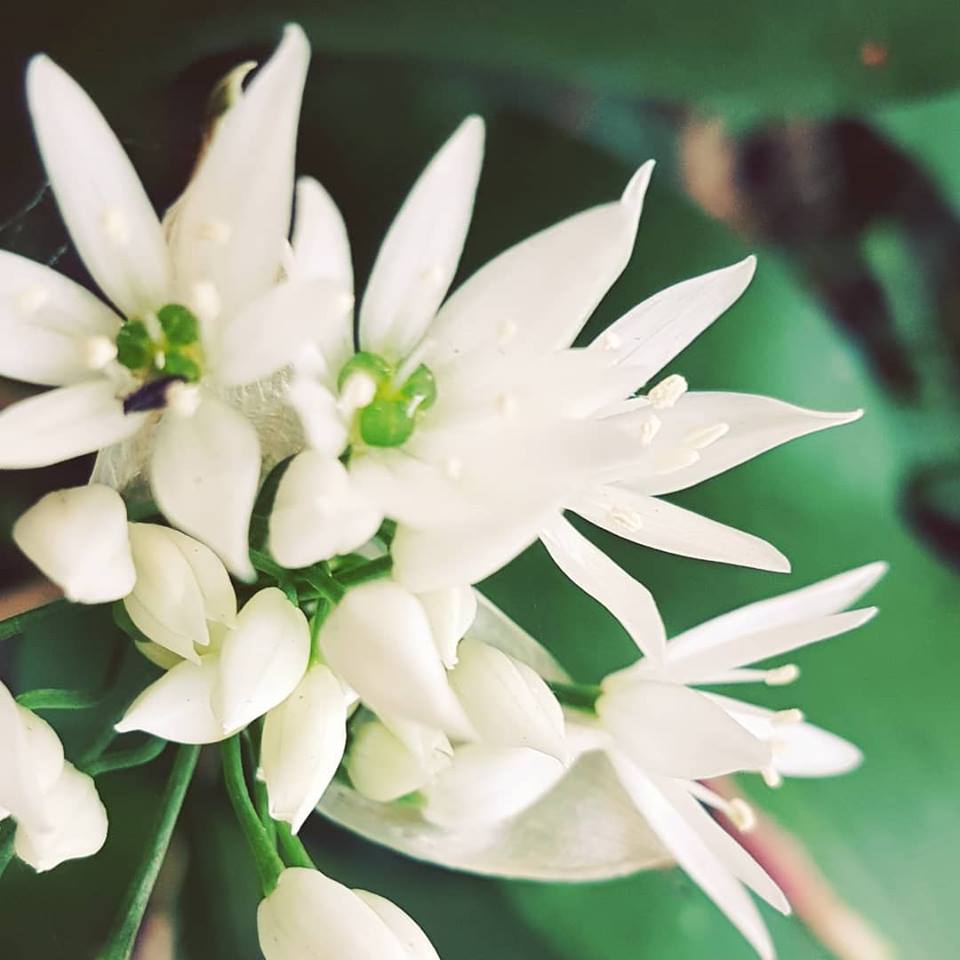
Picture: Buck and Birch Facebook
Wild garlic is currently in season and can be identified by its delicate white flowers and smell.
Found in public parks, such as Glasgow's Bontanic Gardens, wild garlic is a great way to season meals.
Delicate to look at, it will pack a real punch of flavour, which is perfect for pesto, salad, soups, pickles, ferments and garnishes.

Picture: Allium Paradoxum, supplied
Similar in flavour to wild garlic, this little invader was first recorded in Edinburgh in the 1800s.
It has gone on to carpet huge areas of woodland and can also be found on riverbanks where it can crowd out other plants, such as bluebells.
All parts are edible. The leaves are a treat when tossed through buttered pasta, the little bulbils on top are like onion caviar, and the flowers make beautiful garnish.
Chopped, they can be used in place of spring onions. Pull up a bunch, wash it and go.
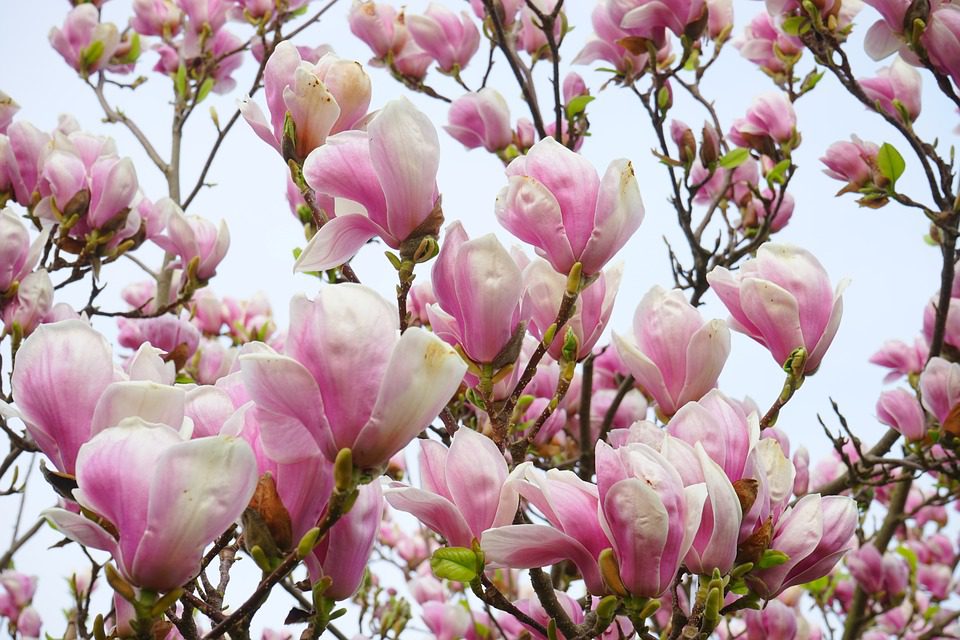
Picture: Magnolia Blosson, Pixabay
If you are lucky enough to have one in your garden, the petals of this beautiful tree can be nibbled raw in salads, or pickled to go with sushi.
They have a lovely fresh, gingery taste, and show that things can be beautiful and edible. Very decadent.
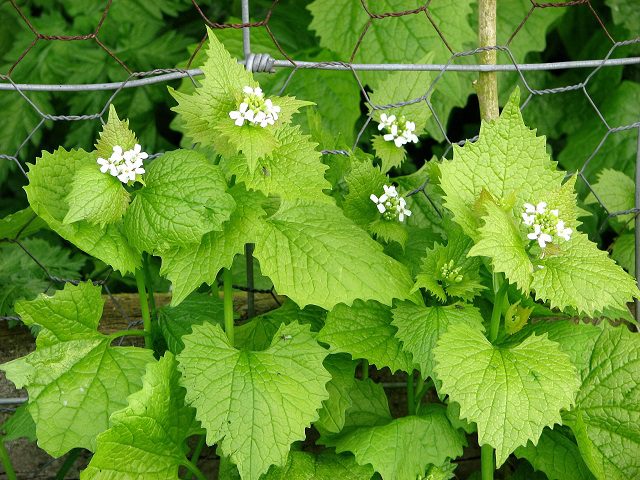
Picture: Evelyn Simak/Geograph
Right now, this little plant is at its succulent best. Its other common name of garlic mustard tells you exactly what to expect.
It is found by hedges, and in dappled shade on bridle paths. The leaves are great in salads, served as a steamed green and, for the adventurous, fermented and dried to make the base of a vegetable stock.
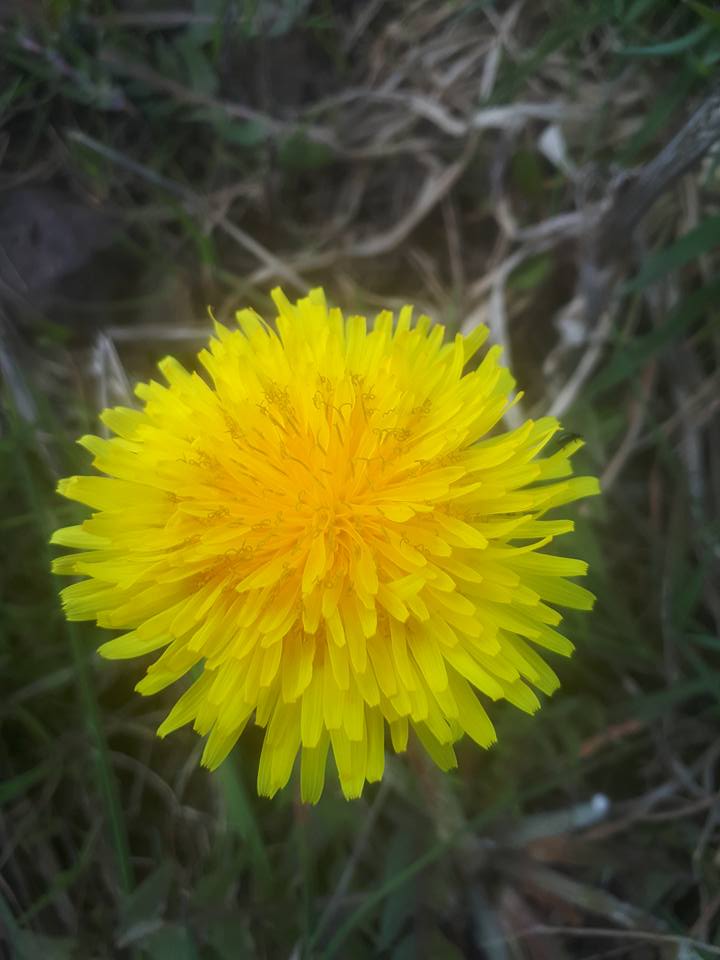
Picture: Buck and Birch Facebook
Hated by many gardeners, this little beauty is as tough as nails and will thrive on walls, in pavements and anywhere it can get its head in the sun.
Dandelions can be almost entirely useful from root to tip; roots make a coffee substitute, or can be roasted as a vegetable.
Blanched leaves are a bitter salad green, and the blossom makes incredible wines, jams and, honey and syrups.
Buck and Birch offer Birch tapping courses, priced at £30, in the early spring. You can visit their store in Gifford, East Lothian.
